Home>diy>Building & Construction>What Is A Skid In Construction
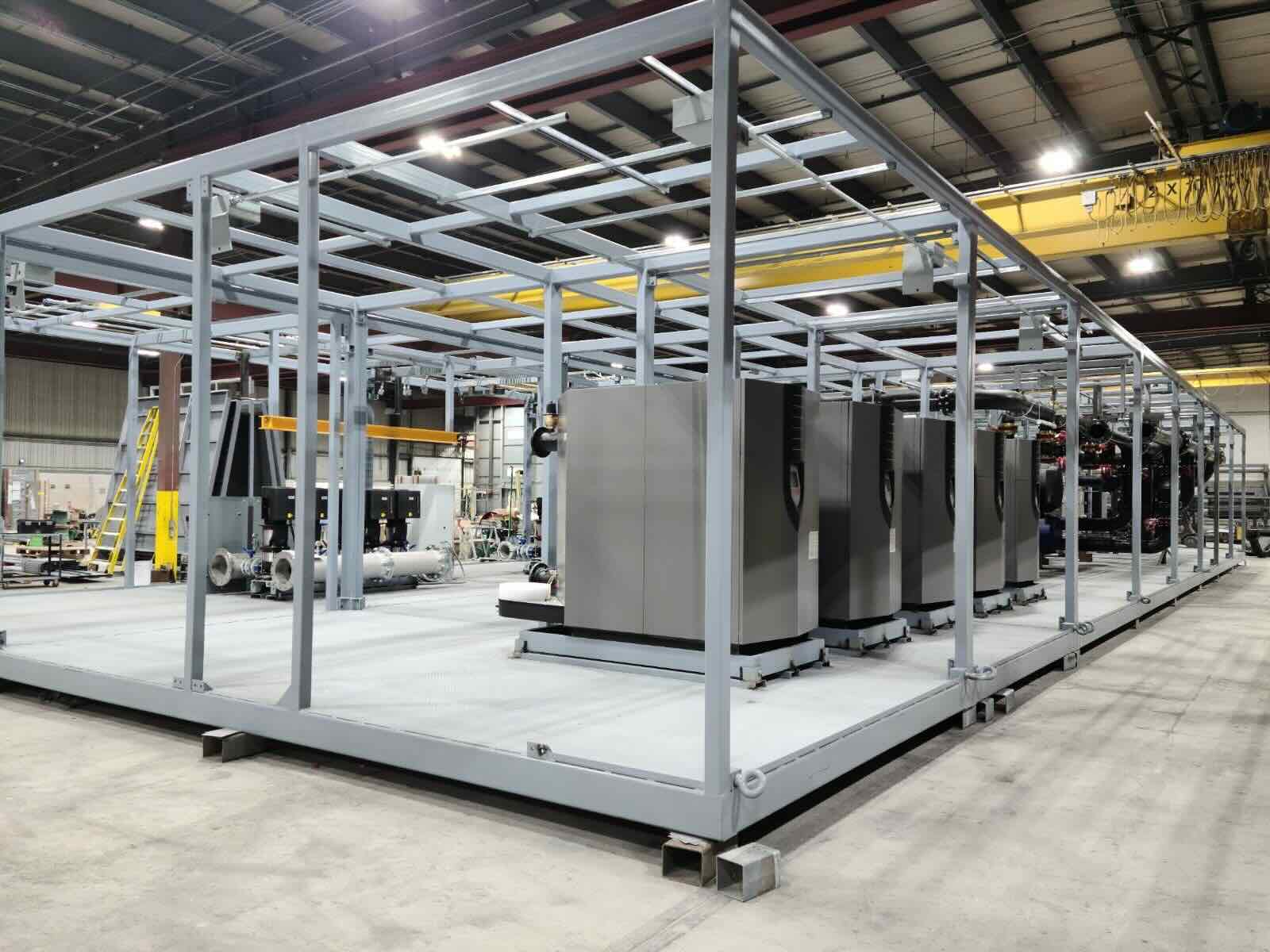

Building & Construction
What Is A Skid In Construction
Modified: October 20, 2024
Discover what a skid is in building construction and how it contributes to the overall stability and durability of structures. Explore the importance and applications of skids in construction projects.
(Many of the links in this article redirect to a specific reviewed product. Your purchase of these products through affiliate links helps to generate commission for Storables.com, at no extra cost. Learn more)
Introduction
Welcome to the world of construction, where every project involves meticulous planning, precise execution, and the use of various tools and equipment. One such tool that plays a crucial role in construction projects is a skid. But what exactly is a skid in construction, and what purpose does it serve?
In simple terms, a skid is a heavy-duty platform or structure that is used to transport and support heavy materials or equipment. It typically consists of a flat surface, often made of wood, metal, or concrete, that can be easily loaded, unloaded, and moved using machinery such as forklifts or cranes.
Skids have been an integral part of the construction industry for many years, offering a range of benefits and applications. From providing temporary foundations to facilitating the movement of materials, skids serve as a versatile tool that enhances efficiency and productivity in construction projects.
In this article, we will delve deeper into the world of skids in construction. We will explore their definition, purpose, types, advantages, challenges, and safety considerations. Additionally, we will provide real-life examples and applications of skids in construction projects to give you a comprehensive understanding of their significance.
So, join us as we uncover the fascinating world of construction skids and discover how they contribute to the success of building projects.
Key Takeaways:
- Skids in construction serve as versatile platforms for material support, transportation, and storage, enhancing efficiency and safety in building projects. They come in various types, each with unique advantages and considerations.
- While skids offer numerous benefits in construction, they also present challenges such as weight capacity, environmental impact, and space constraints. Adhering to safety protocols and proper maintenance is crucial for their effective use.
Read more: How To Put Skids On A Shed
Definition of a Skid in Construction
In the realm of construction, a skid refers to a sturdy platform or structure that is designed to support heavy materials or equipment. It serves as a temporary foundation for various construction processes, including the storage, transportation, and manipulation of goods and machinery.
A skid typically consists of a flat surface, commonly made of wood, metal, or concrete, which is elevated off the ground to allow for easy access and movement of materials. The dimensions of a skid can vary depending on the specific requirements of a construction project, ranging from small platforms to large-scale structures capable of accommodating substantial loads.
The primary function of a skid is to facilitate the safe and efficient movement of construction materials and equipment. It provides stability and support, allowing for the smooth transportation of heavy items within construction sites or between different locations. Skids are often utilized in areas where the ground is uneven, fragile, or susceptible to damage, as they distribute the weight of the load evenly and protect the underlying surface.
Moreover, skids are commonly employed in construction projects that require the temporary storage of materials. The elevated platform ensures that the goods are kept off the ground, minimizing the risk of moisture damage, contamination, or deterioration. Skids also contribute to improving accessibility, as they enable easy identification, inspection, and retrieval of stored items.
Overall, a skid in construction serves as a versatile and essential tool that enhances the efficiency and effectiveness of construction processes. Whether it is for transporting materials, providing a temporary foundation, or facilitating storage, skids play a vital role in ensuring that construction projects run smoothly and safely.
Purpose and Function of Skids in Construction Projects
Skids are integral to the success of construction projects, offering a wide range of purposes and functions that enhance productivity and efficiency. Let’s explore the key roles that skids play in the construction industry:
- Temporary Foundation: One of the primary functions of skids in construction projects is to provide a stable and level temporary foundation. Skids can be placed on uneven or unstable surfaces, allowing for the safe and secure positioning of materials and equipment. This ensures that construction activities can proceed smoothly, even in challenging environments.
- Transportation and Handling: Skids enable the efficient movement of heavy materials and equipment within construction sites. They are designed to withstand heavy loads and can be easily lifted and transported using machinery such as forklifts or cranes. Skids provide a secure platform for loading and unloading, minimizing the risk of damage to both the materials and the surrounding environment.
- Storage and Organization: Skids offer a convenient solution for the temporary storage of construction materials. By elevating the goods off the ground, skids protect them from moisture, dust, and other contaminants, ensuring their preservation. Skids also contribute to organized storage, as they can be labeled and arranged systematically, allowing for easy identification and retrieval of materials when needed.
- Work Area Expansion: Skids can be used to extend the working area on construction sites. By placing skids side by side, contractors can create a larger platform to accommodate additional equipment or create a staging area for construction activities. This flexibility helps optimize space utilization and enhances the overall efficiency of the project.
- Protection of Ground Surface: Construction sites often involve working in sensitive or delicate areas, such as landscaped gardens or finished floors. Skids act as a protective layer between heavy machinery and the ground surface, preventing damage and minimizing the need for costly repairs. They distribute the weight of the load evenly, reducing the risk of sinking or indentation.
In essence, skids in construction projects serve multiple purposes and functions, ranging from providing a stable foundation to facilitating transportation, storage, and organization. By incorporating skids into construction processes, project managers can enhance efficiency, protect materials, and create a safer working environment for all involved.
Types of Skids Used in Construction
In the construction industry, various types of skids are employed to meet the diverse needs and requirements of different projects. These skids are designed with specific features and materials to suit the unique demands of construction activities. Let’s explore some common types of skids used in construction:
- Wooden Skids: Wooden skids are one of the most widely used types in construction. They are typically made from lumber or plywood and offer a cost-effective solution for temporary foundations and material transport. Wooden skids are lightweight, easy to handle, and can be customized to accommodate various load capacities.
- Metal Skids: Metal skids, often fabricated from steel or aluminum, are renowned for their durability and strength. They are suitable for heavy-duty applications, where the weight and size of the materials or equipment necessitate a robust platform. Metal skids are resistant to corrosion, making them ideal for outdoor or high-moisture environments.
- Concrete Skids: Concrete is a popular choice for skids that require exceptional stability and durability. Concrete skids are ideal for projects that involve heavy machinery or large-scale construction materials. They offer excellent load-bearing capacity and are highly resistant to wear and tear, providing a long-lasting solution.
- Plastic Skids: Plastic skids have gained popularity in recent years due to their lightweight nature, versatility, and resistance to chemicals and moisture. They are commonly used in construction projects that involve storage or transportation of hazardous materials, as plastic skids are non-reactive and easy to clean.
- Pallets: Pallets are a type of skid that consists of a flat platform with built-in support structures known as “stringers” or “blocks.” They are designed for efficient movement, storage, and transportation of goods and materials. Pallets are available in various materials, such as wood, plastic, or metal, and are commonly used in construction projects to facilitate the handling of smaller items or packaged goods.
It’s important to note that the selection of the appropriate type of skid depends on several factors, including the weight and size of the materials or equipment being handled, the environmental conditions of the construction site, and the specific requirements of the project. Construction professionals carefully evaluate these variables to determine the most suitable type of skid that will ensure efficiency and safety in their construction endeavors.
By utilizing the right type of skid for each construction task, project managers can optimize productivity, enhance material handling, and contribute to the overall success of the project.
Advantages and Benefits of Skids in Construction Projects
Skids play a crucial role in construction projects, offering a wide range of advantages and benefits that enhance productivity, efficiency, and safety. Let’s explore some of the key advantages of using skids in construction:
- Portability: Skids provide a portable and flexible solution for material handling. They can be easily moved and repositioned using machinery such as forklifts or cranes, allowing for efficient transportation within construction sites or between different locations. This portability minimizes downtime and boosts productivity.
- Foundation Stability: Skids act as temporary foundations, offering a stable and level surface for construction activities. By providing a secure base, skids ensure the safe positioning of heavy materials and equipment, reducing the risk of accidents or damages. They are especially useful in areas where the ground is uneven or fragile.
- Efficient Storage: Skids enable organized and efficient storage of construction materials. By elevating the goods off the ground, skids protect them from moisture, dust, and other contaminants, ensuring their quality and preservation. This improves accessibility, as materials can be easily identified, inspected, and retrieved when needed.
- Enhanced Material Handling: Skids streamline the movement of materials, making the process more efficient and time-saving. They provide a secure platform for loading, unloading, and transportation, reducing the risk of damage to both the materials and the surrounding environment. Skids also allow for the safe transport of bulky or heavy items that may be challenging to handle manually.
- Safety and Accessibility: Skids enhance safety in construction sites by minimizing the risk of accidents and injuries. They provide a stable and secure surface for workers to walk on, reducing the chances of slips, trips, or falls. Skids also contribute to accessibility, as they improve visibility and organization, allowing for easy identification and retrieval of materials.
- Cost Savings: Skids offer cost savings in construction projects. They eliminate the need for permanent foundations, which can be time-consuming and costly to construct. Skids also reduce the risk of damage to the ground surface, minimizing the need for repairs. Additionally, skids optimize storage space, allowing for efficient use of materials and reducing wastage.
In summary, the use of skids in construction projects provides numerous advantages, including portability, foundation stability, efficient storage, enhanced material handling, safety, and cost savings. By incorporating skids into construction processes, project managers can improve productivity, protect materials, mitigate risks, and ultimately contribute to the success of the project.
When working with skids in construction, always ensure that they are properly secured and stable to prevent accidents or injuries. Regularly inspect skids for any signs of wear or damage.
Read more: What Is Construction
Challenges and Limitations of Skids in Construction
While skids offer numerous advantages in construction projects, it’s important to be aware of the challenges and limitations they can present. By understanding these factors, project managers can effectively plan for and mitigate potential risks. Let’s discuss some of the challenges and limitations of using skids in construction:
- Uneven Terrain: Skids may face difficulties on uneven or rugged terrain. If the ground surface is not properly prepared or if there are significant variations in elevation, it can affect the stability and levelness of the skids. This can result in an increased risk of accidents or damage to materials.
- Weight Capacity: Skids have weight limits that must be adhered to in order to maintain their structural integrity. Exceeding the weight capacity of a skid can lead to deformation, collapse, or unsafe conditions. It’s crucial for construction professionals to carefully assess the load requirements and select skids that can handle the expected weight.
- Weather Conditions: Skids, particularly those made of wood, can be affected by adverse weather conditions such as rain, snow, or extreme temperatures. Exposure to moisture can cause wooden skids to warp, rot, or weaken over time. Metal skids may rust if not properly maintained. Construction managers must consider weather conditions and implement appropriate protection measures.
- Limited Lifespan: Skids are typically designed for temporary use, and over time, they may deteriorate or become damaged. Wooden skids may require regular maintenance, such as resealing or replacing components, to ensure their longevity. Construction projects that require long-term or permanent foundations may need to explore alternative solutions.
- Space Constraints: Skids occupy space within construction sites, which can become a limitation, especially in projects with limited work areas. The placement and arrangement of skids must be carefully planned to optimize space usage and prevent congestion. Additionally, the stacking of skids should not exceed safe height limits to avoid potential collapse.
- Environmental Impact: Skids, particularly those made of wood or plastic, can have an environmental impact. Wood skids contribute to deforestation, while plastic skids may increase plastic waste. Construction companies should prioritize sustainable practices, such as opting for reusable or recyclable skid materials and implementing proper waste management.
While these challenges and limitations exist, they can be effectively managed through proper planning, regular inspections, and adherence to safety protocols. Construction professionals should select the appropriate skids for the project, assess potential risks, and implement preventive measures to ensure the safe and efficient use of skids throughout the construction process.
Safety Considerations when Working with Skids in Construction
Working with skids in construction requires careful attention to safety protocols to prevent accidents and protect the well-being of workers. Consider the following safety considerations when incorporating skids into construction projects:
- Proper Training: Ensure that all personnel involved in skid-related tasks receive proper training on the safe operation of machinery used for skid movement and transportation. Workers should be trained in the correct procedures for loading, unloading, and securing materials on skids to prevent injuries.
- Weight Distribution: Monitor and distribute the weight appropriately on skids to avoid exceeding their weight capacity. Uneven weight distribution can lead to destabilization and potential collapse. Keep in mind the load limits specified by the manufacturer and adhere to them strictly.
- Secure Anchoring: Anchor the skids securely to prevent movement or shifting during material handling. This will help maintain stability and minimize the risk of accidents. Ensure that skids are properly secured to the ground or to a stable structure using appropriate fasteners or restraints.
- Protective Equipment: Provide workers with appropriate personal protective equipment (PPE) such as gloves, safety boots, hard hats, and high visibility vests. This will protect them from potential hazards, including falling objects, slips, and trips.
- Inspect Skids Regularly: Conduct regular inspections of skids to identify any signs of damage, wear, or deterioration. Check for cracks, splintering, or rust in metal skids, and ensure wooden skids are free from rot or weakening. Remove any defective skids from use and replace them promptly.
- Safe Movement Practices: When moving skids, make sure the path is clear of obstacles and obstructions. Maintain clear communication between machinery operators and workers on the ground to avoid accidents. Follow proper signaling procedures and use spotters if necessary.
- Clear Signage: Clearly label skids to indicate the type of materials they contain and any specific handling instructions. This will help workers identify potential hazards, handle materials correctly, and ensure proper storage and organization.
- Environmental Considerations: Take into account the environmental conditions in which skids are being used. For example, in wet or icy conditions, provide proper traction on skids to prevent slips and falls. Clear snow or ice from skids, and apply appropriate coatings to wooden skids to protect against moisture damage.
- Emergency Preparedness: Establish emergency protocols and communicate them to all workers on the construction site. Provide training on emergency response procedures, including evacuation and first aid, to ensure the safety and well-being of everyone involved in skid-related activities.
Prioritizing safety when working with skids in construction is essential to prevent accidents and injuries. By implementing these safety considerations and maintaining a vigilant approach, construction professionals can create a secure working environment and ensure the successful execution of construction projects.
Examples and Applications of Skids in Construction Projects
The versatility and functionality of skids make them essential in various construction projects. Let’s explore some examples and applications of skids in the construction industry:
- Equipment Support: Skids are commonly used to support heavy construction equipment such as generators, compressors, and pumps. By providing a stable foundation, skids ensure that equipment remains secure during operation and can be easily transported or relocated within the construction site.
- Materials Storage: Skids are widely employed in construction for the temporary storage of materials. They can house items such as bricks, cement bags, pipes, or steel beams, helping to keep the construction site organized and efficient. Skids are a practical solution for elevation, protecting materials from moisture, and allowing for easy access and retrieval.
- Modular Building Construction: Skids are integral to modular building construction, where prefabricated units are transported and assembled on-site. Skids act as a foundation for these modular structures, ensuring that they can be securely positioned and easily transported using cranes or forklifts. This approach allows for efficient construction with reduced time and costs.
- Temporary Access Ramps: Skids can be used to create temporary access ramps on construction sites. These ramps facilitate the movement of personnel, equipment, and materials over uneven terrain or across obstacles, enhancing accessibility and safety.
- Trench Shoring Platforms: Skids serve as platforms for trench shoring, providing a stable base for the installation of shoring systems. Skids enable workers to safely access and work within trenches while maintaining stability and minimizing the risk of cave-ins or collapses.
- Transportation of Building Materials: Skids are utilized extensively in the transportation of building materials, such as bricks, blocks, or roofing materials. They facilitate the efficient loading, unloading, and movement of these materials using machinery, minimizing the risk of damage and speeding up construction processes.
- Temporary Flooring: Skids can be used as temporary flooring in construction sites. They provide a stable and level surface that offers better traction and safety for workers. Temporary flooring with skids is particularly useful in areas prone to mud or uneven ground.
- Foundation for Temporary Structures: Skids are employed to provide firm foundations for temporary structures such as site offices, storage sheds, or temporary housing units. Skids ensure stability, allowing these structures to be easily relocated or removed as construction progresses.
These are just a few examples of how skids are utilized in construction projects. From equipment support to materials storage and various other applications, skids offer practical solutions that enhance efficiency, safety, and productivity in the construction industry.
Conclusion
Skids are an invaluable tool in the construction industry, providing stability, portability, and versatility in various construction projects. Whether it’s supporting heavy equipment, facilitating material storage and transportation, or serving as temporary foundations, skids play a critical role in enhancing efficiency, safety, and productivity.
Throughout this article, we have explored the definition of skids in construction and their purpose and function. We have examined different types of skids commonly used, including wooden, metal, concrete, and plastic skids, as well as pallets. We have also discussed the advantages they offer, such as portability, foundation stability, efficient storage, enhanced material handling, and cost savings.
However, it is important to acknowledge and address the challenges and limitations that come with using skids in construction. Issues such as uneven terrain, weight capacity, weather conditions, limited lifespan, space constraints, and environmental impact must be considered and managed effectively to ensure safe and successful project execution.
By following proper safety considerations such as providing appropriate training, distributing weight properly, securing skids, wearing protective equipment, inspecting skids regularly, and being mindful of the environmental conditions, construction professionals can minimize risks and create a safe working environment for all involved.
From supporting equipment and providing temporary access ramps to serving as storage platforms and facilitating modular construction, skids find diverse applications in construction projects. Their adaptability allows construction professionals to optimize space utilization, improve material handling, and enhance overall project efficiency.
In conclusion, skids are an indispensable asset in the construction industry. They offer numerous benefits, including stability, portability, efficient storage, and enhanced safety. When used correctly, skids contribute to the smooth execution of construction projects, helping to minimize downtime, reduce costs, and ensure the timely completion of projects.
As the construction industry continues to evolve, skids will remain a fundamental tool, enabling construction professionals to overcome challenges and achieve success in their endeavors.
Curious about staying safe while managing construction projects? Ensuring safety on construction sites isn't just about compliance; it's about safeguarding lives and promoting efficiency. If you found our discussion on skids intriguing, you'll definitely want to learn why maintaining rigorous safety standards during construction is vital. Dive into our detailed analysis on the essentials of construction safety, where we unpack strategies to prevent accidents and foster a secure work environment.
Frequently Asked Questions about What Is A Skid In Construction
Was this page helpful?
At Storables.com, we guarantee accurate and reliable information. Our content, validated by Expert Board Contributors, is crafted following stringent Editorial Policies. We're committed to providing you with well-researched, expert-backed insights for all your informational needs.
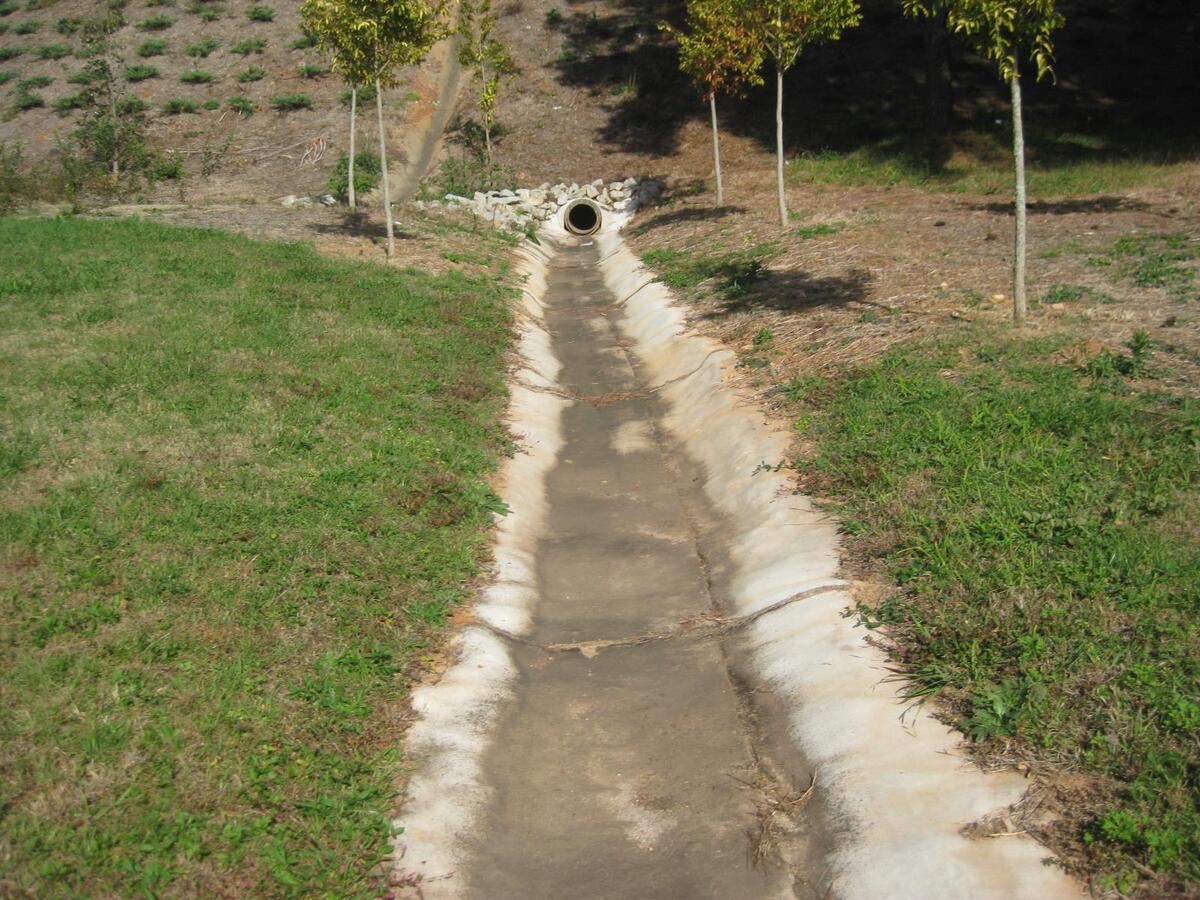
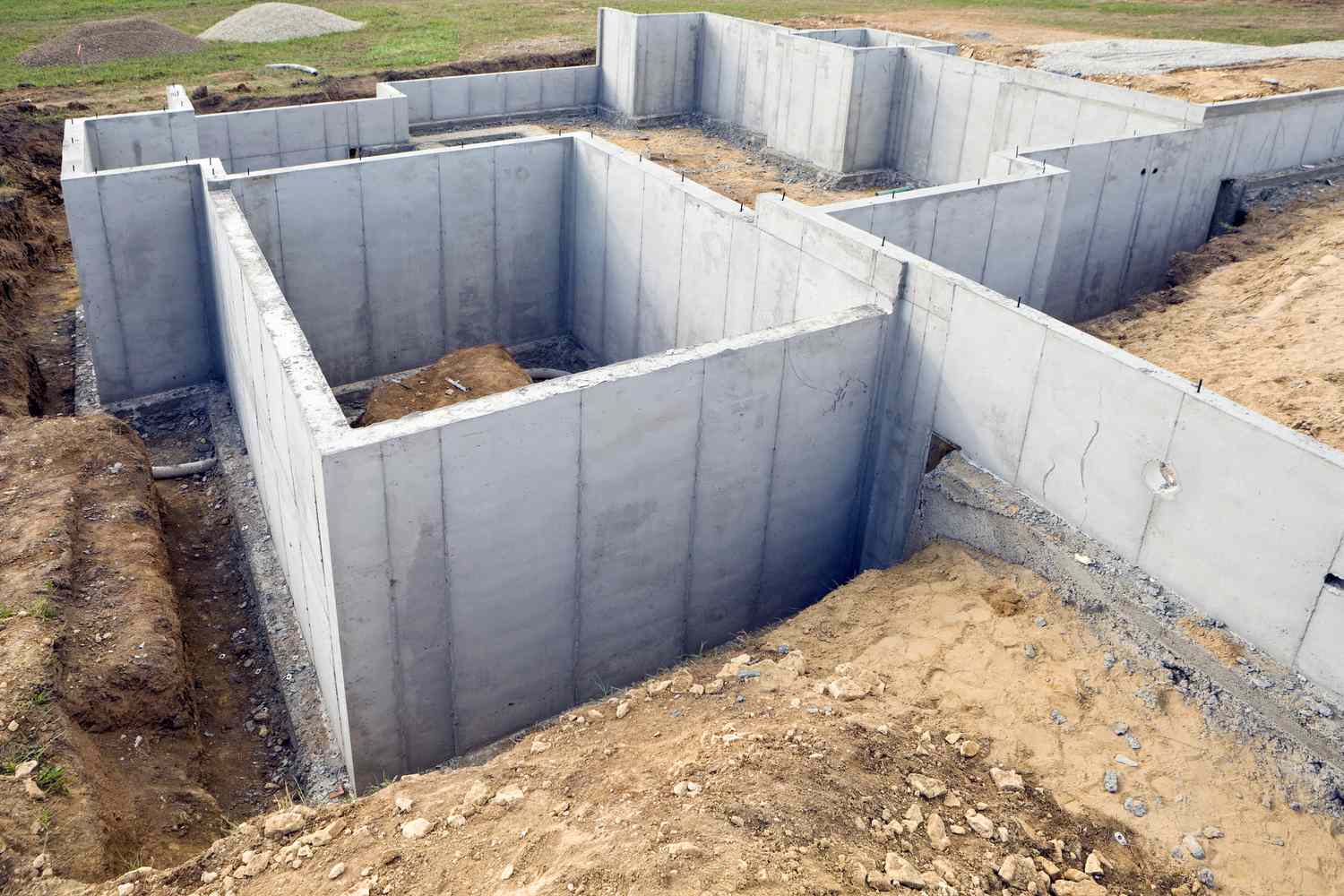

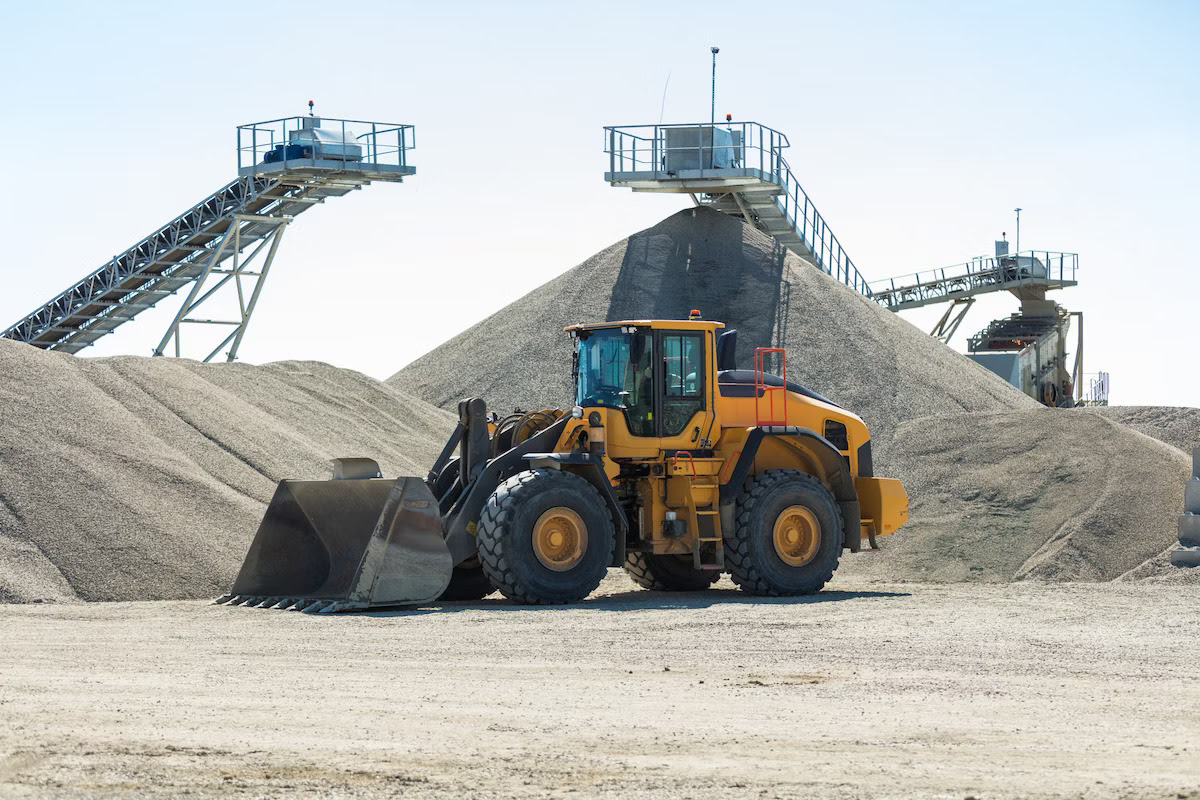



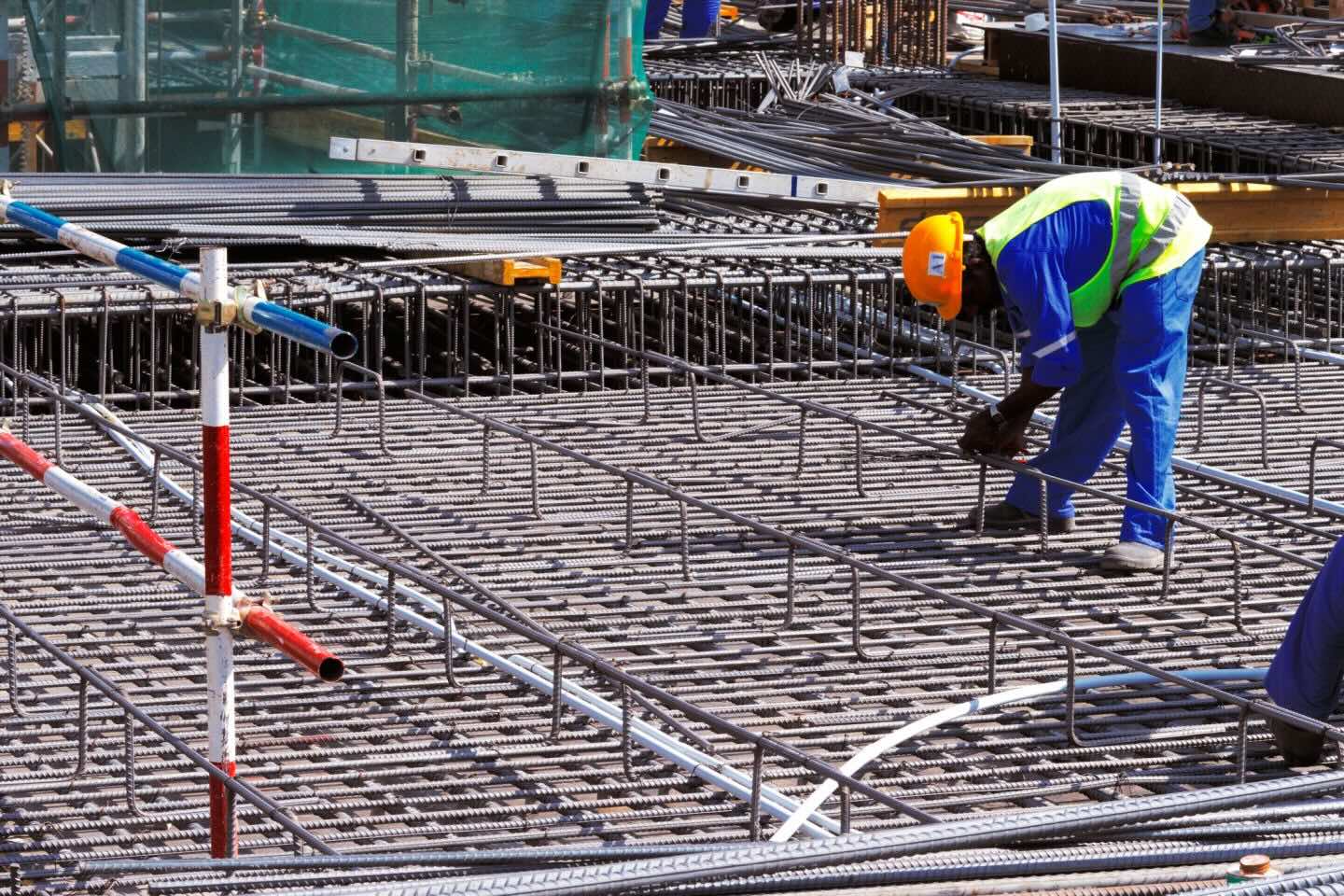




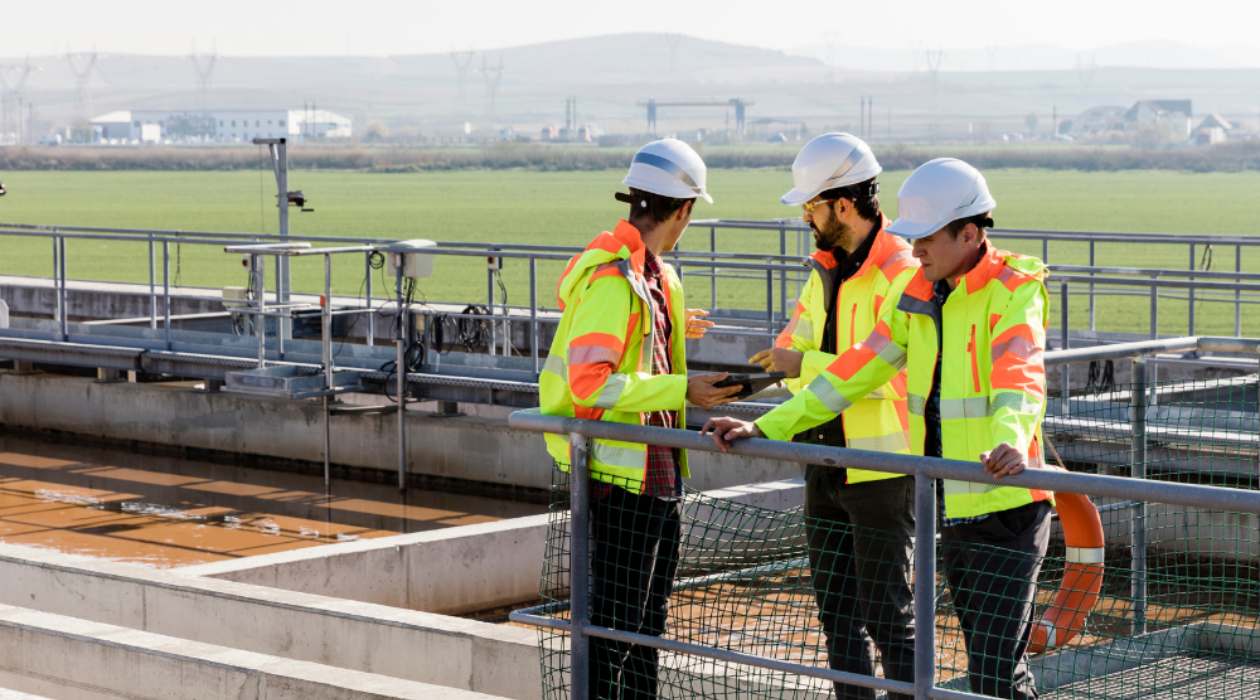
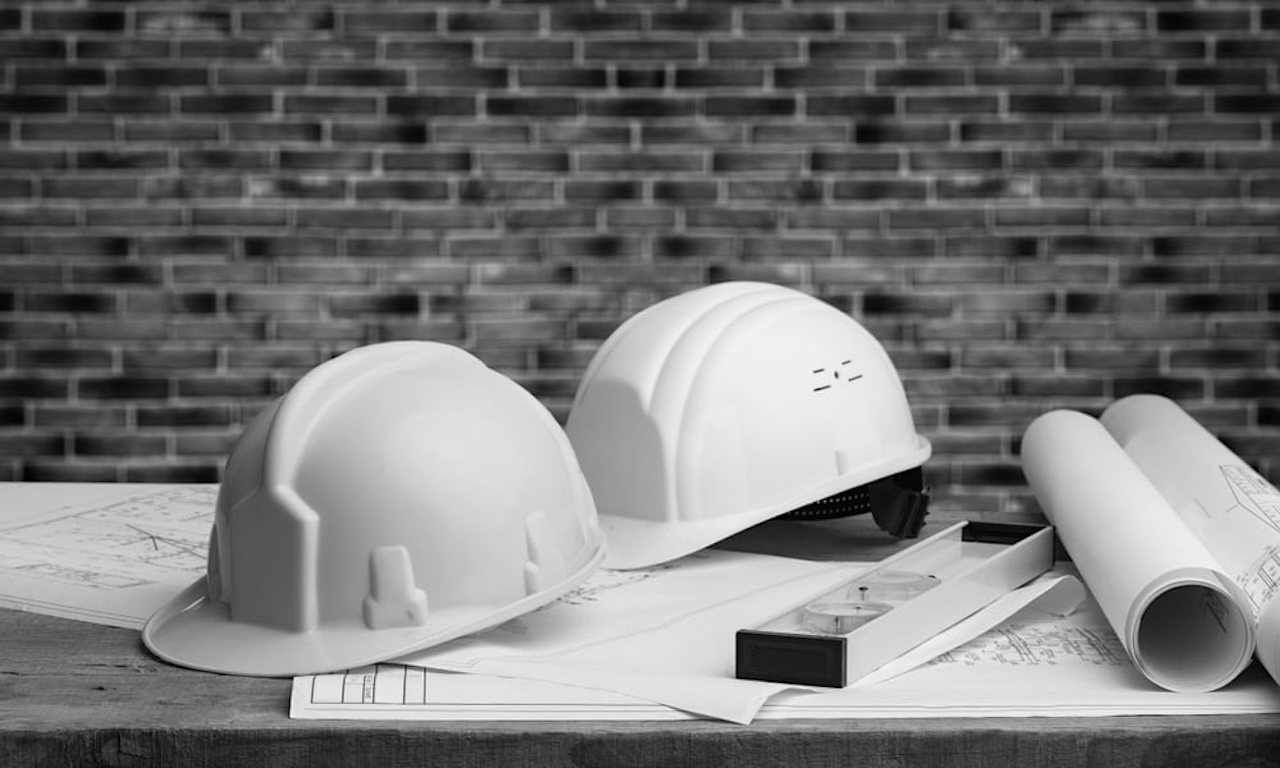

0 thoughts on “What Is A Skid In Construction”